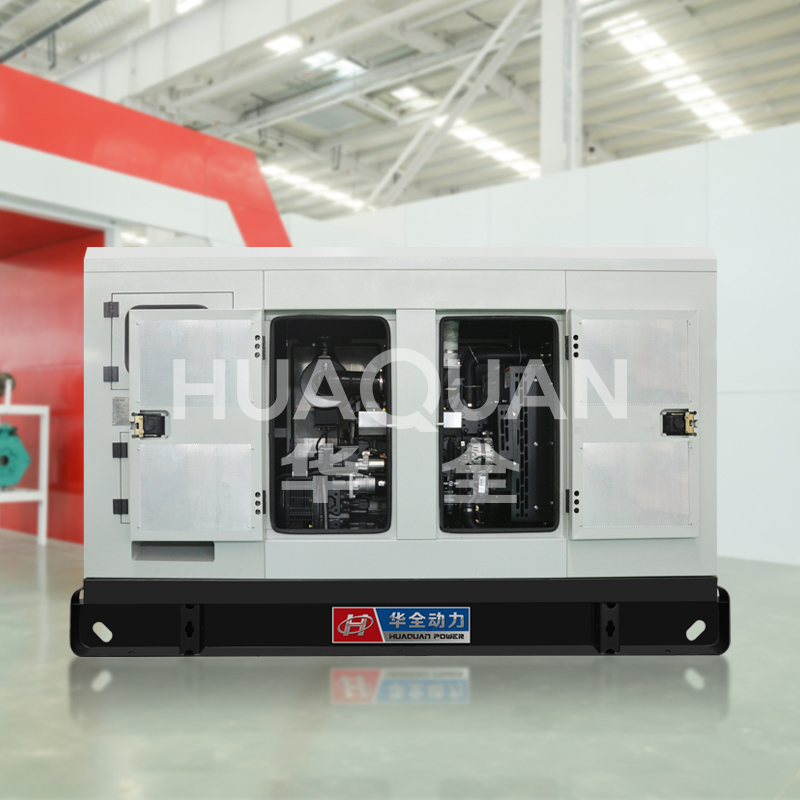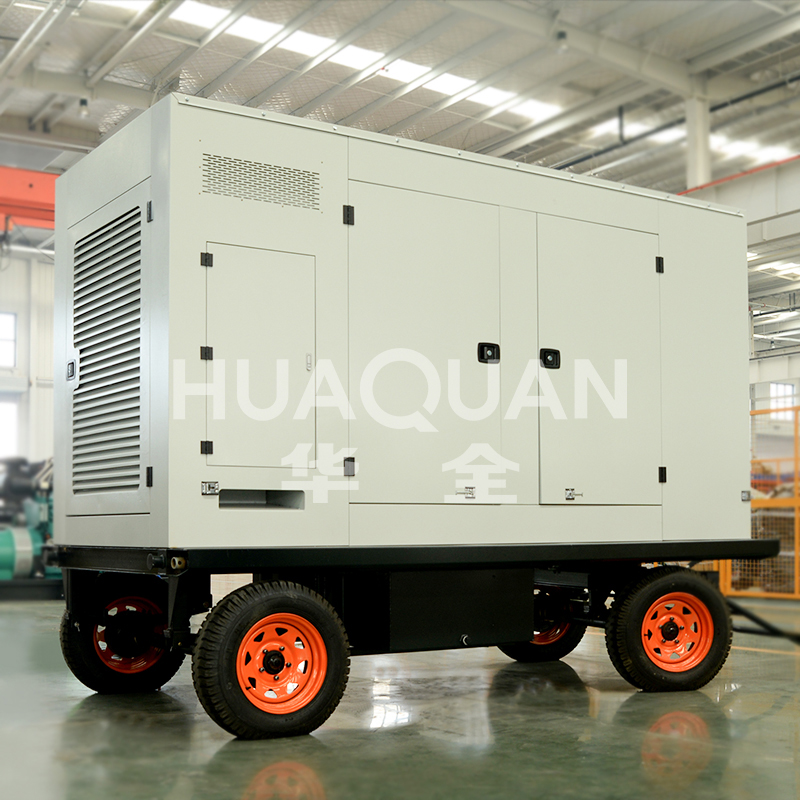When selecting a Bank generator, financial institutions must prioritize reliability, security, and operational efficiency to ensure uninterrupted power supply for critical banking operations. Choosing the right Bank generator involves considering the following factors.
The primary consideration is the power capacity of the Bank generator.
Bank generator should match the facility's load requirements, covering essential systems like servers, ATMs, and security equipment without overloading. Modular designs allow scalability for future expansions, while automated transfer switches ensure seamless transition during outages.
Location and installation significantly influence a Bank generator effectiveness.
Indoor units require proper ventilation and acoustic treatment to meet noise regulations, whereas outdoor installations need weatherproof enclosures with adequate protection ratings (e.g., IP55 for dust and moisture resistance). Space constraints in urban bank branches may necessitate compact models with vertical exhaust systems.
Fuel type is another critical factor.
Diesel-powered Bank generator remain common due to their durability and energy density, but natural gas variants offer cleaner emissions for environmentally conscious institutions. Regular maintenance protocols—including monthly load bank testing to verify performance—are essential to prevent failures during emergencies.
Compliance with local regulations and banking industry standards is mandatory.
Features like electromagnetic interference shielding protect sensitive financial data, while remote monitoring capabilities enable real-time diagnostics.
In conclusion, selecting an optimal Bank generator requires balancing power needs, spatial constraints, environmental factors, and regulatory requirements. A well-chosen system not only safeguards operations but also aligns with long-term sustainability goals.
More information about Bank generator:https://sinogens.com/








